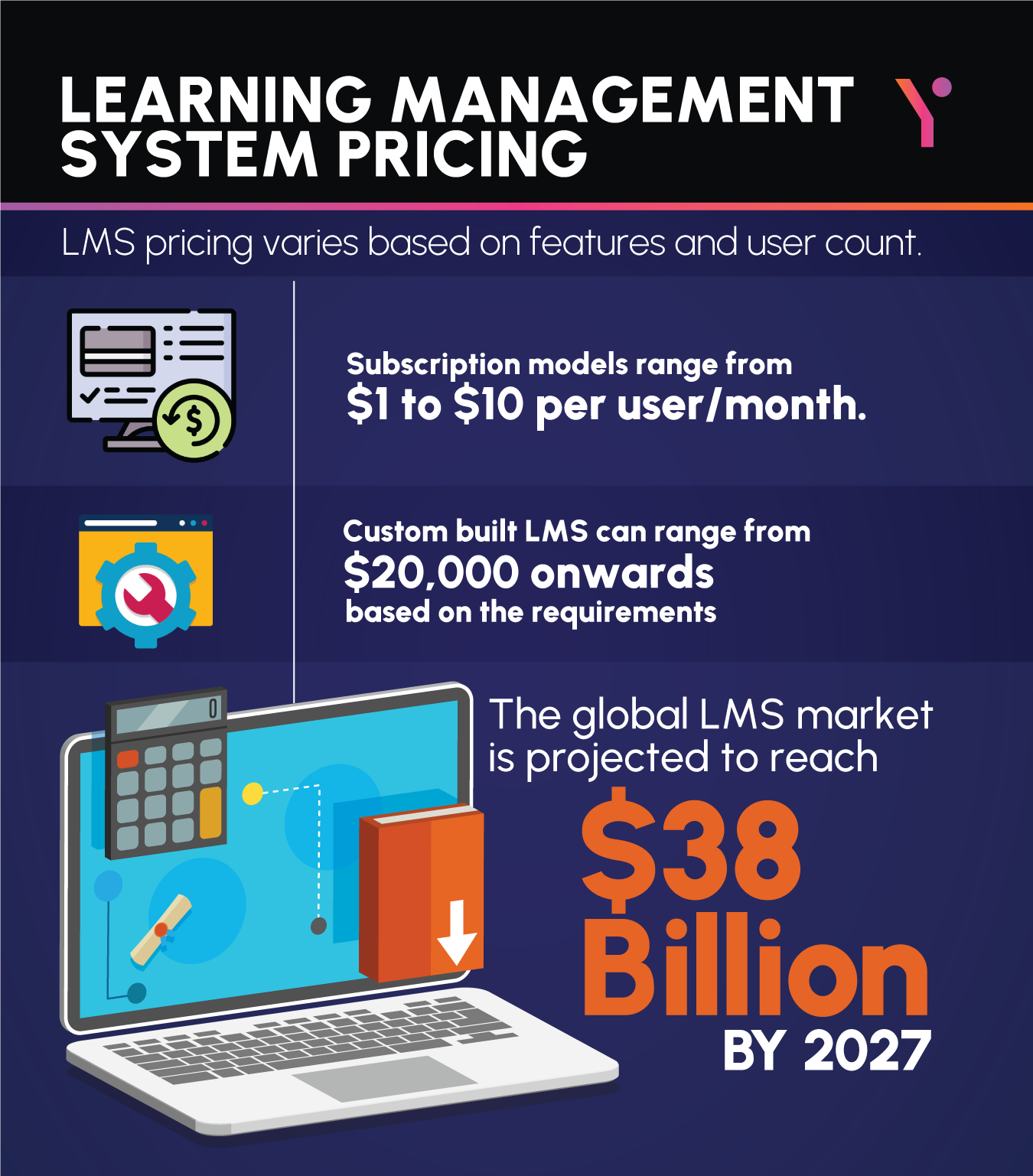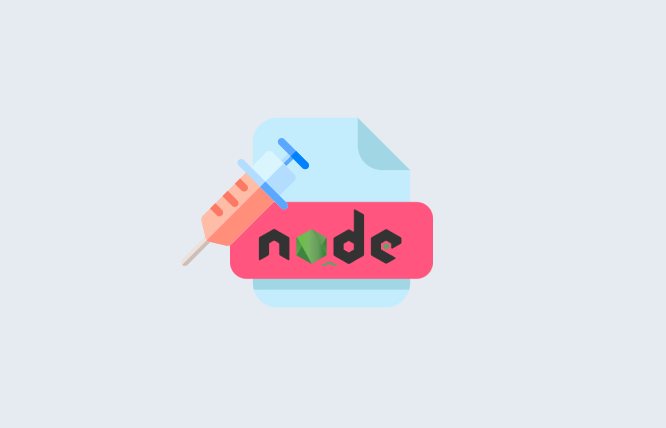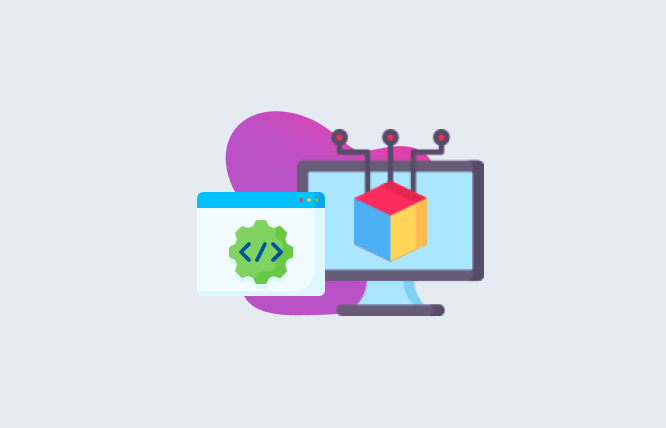Going with the right Learning Management System (LMS) takes into account thoughtful consideration of learning management system pricing models. Factors such as deployment, features, user numbers, and additional services have an impact on the costs. To optimise and estimate LMS expenses, evaluate needs, negotiate, and compare vendors for ongoing expenses. Contemplate purchasing power, open-source options, and the total ownership costs. Definitely, the right LMS will align with your budget and organisational objectives.
The selection of a Learning Management System (LMS) is commonly a pivotal decision for organisations of any size. Besides user experience and functionality, the learning management system pricing is a highly important factor to consider.
If this is the first time that you will be purchasing an LMS, or you just need advice on the matter, then this will be the right read for you. This blog will get into the complexities of LMS pricing, letting you understand the points that influence costs. Such knowledge will assist you in your attempts to make informed decisions.
If you are about to deal with an LMS development company and believe that you can do well with some advice, contact FuturByte. We are a reputed software developer that can assist you with a host of points, such as better understanding the LMS cost per user.

Understanding Learning Management System Pricing Models
LMS’s cost can significantly vary, and this is dependent on the pricing model employed. Let’s do a breakdown of common structures:
Custom Pricing
Numerous LMS providers present tailored pricing packages dependent on specific organisational needs. This approach offers an accurate cost reflection but demands detailed negotiations and could involve greater upfront expenditures.
Pay-Per-Use
Users are charged depending on actual usage, such as assessments taken or the number of courses completed. This model presents you with flexibility but can be complicated to manage and predict costs.
Pay-per-use is an excellent model that has gained worldwide acknowledgement. If you want to know how this model can serve your organisation best, then contact FuturByte. We are a reputed custom ERP software development company that will offer you sound advice. You can also ask us about important points related to LMS, such as “How much does it cost to build an LMS”
Flat-Range Pricing
A fixed fee is charged, disregarding the number of users. This option may be cost-effective for big organisations that have a consistent number of users but less so for smaller organisations that have changing user populations.
Tiered Pricing
Pricing is structured depending on the number of users, with discounts presented for greater user volumes. This model offers flexibility for organisations of various sizes, permitting them to scale their LMS investment as required.
Are you interested in knowing how to make the right call when going through tiered pricing? Contact FuturByte. We are a reputed CMS development services provider that will offer you sound advice. You can also query us regarding topics related to this blog, such as learning management system for small companies.
Per-User Pricing
A fixed fee is charged for every active user on either a monthly or yearly basis. This is a straightforward model but can become expensive for big organisations with changing user numbers.
Factors that Affect LMS Cost
There are a host of factors that affect learning management system pricing. Getting to know these factors will let you make intelligent comparisons and budget as required:
Hidden Fees
Organisations should be aware of possible hidden costs such as transaction fees, user support, and data storage. Various LMS providers could charge extra for features that are seemingly standard. This is why it is important to carefully review the contract terms.
Are you troubled by hidden fees in the past and care to avoid them in the future? Contact FuturByte. We are a famed LMS development services provider that will offer you great advice. You can also ask us about today’s leading topics, such as making the most of cloud POS software.
Additional Services
Integration, customisation, implementation and ongoing support services can prominently impact the overall cost. Organisations should factor in these costs when comparing LMS options.
Deployment Model
Cloud-based LMS solutions usually have lower upfront costs. Still, they are likely to involve ongoing subscription fees. On-premise solutions demand a bigger initial investment but present a greater degree of control over security and data.
Are you having difficulties in deciding whether to go with a cloud-based or on-premise solution? Contact FuturByte and explain your case today. We are a famed internal hr system provider that will offer you excellent advice. Feel free to ask us questions on points related to the topic of this blog, such as open source LMS.
LMS Features
Core features such as course delivery and creation are usually included in base plans, whereas advanced features such as AI integration, authoring tools, and gamification frequently come with additional costs. Perform a careful evaluation of your organisation’s needs to avoid paying for the needless features.
Number of Users
LMS experts across the globe agree that the number of users is one of the leading determinants of cost. This is why most LMS providers present you with tiered pricing structures, where the cost increases as the user number grows.
Approximating LMS Costs
The accurate estimation of learning management system pricing is vital for effective budget planning. For approximation, take note of the following steps:
Assess your Organisation’s Requirements
Define your core LMS requirements and any preferred additional features clearly. This will allow you to avoid overspending and narrow down your options.
Create a Detailed Feature List
Outline the particular functionalities and features that are necessary for your organisation’s learning goals. This list will serve as a basis for comparing LMS costs and offerings.
Get Quotes from Different Vendors
Request detailed pricing information from a host of LMS providers. This will allow you to compare contract terms, costs, and features.
Negotiate Pricing
Organisations must always be ready to negotiate with vendors, especially if they are large or when buying various products or services.
Budget for Ongoing Costs
Include additional expenses such as system maintenance, content development, and user support. All of such costs can have a prominent impact on the overall cost of ownership.
Tips for Cost-Effective LMS
If you want to optimise your learning management system pricing, you must take note of the following strategies:
Contemplate Free LMS Alternatives
It is true that free LMS options may have their own set of limitations, but they can still be ideal for small organisations that have basic training requirements.
Evaluate Total Cost of Ownership (TCO)
Organisations must take note of not just the initial price but also the ongoing costs, such as upgrades, support, and maintenance.
Leverage Purchasing Power via Consortiums
Do collaboration with different organisations to negotiate better pricing and possibly share the costs of support and implementation. Here, it is important for you to understand that negotiation can be a time-consuming process that is based on many rounds of meetups. So, try to ensure that you are willing to give the right time to the entire process.
Explore Open-Source Options
Open-source LMS may be budget-friendly, but it is very likely to require additional support and development resources. This is why it is important for you to take a very close look at all of the features of any open-source LMS.
Prioritise Essential Features
Emphasise core functionalities and shun unnecessary features that may increase costs. While you emphasise the core functionalities, it will be best for you to consult as much with all the right stakeholders as possible. This will facilitate your attempts to make the right judgment call.
Concluding Remarks
Going for the right LMS means that you have to go with a thoughtful balance of cost, features, and organisational needs. When you understand the different pricing models, factors that impact costs, and strategies for cost-effective selection, you as an organisation can make informed decisions.
Always remember that the ideal LMS is not only about the initial price tag. It is also about long-term support, scalability, and value. Effective negotiation, careful planning, and thorough research are vital for acquiring an LMS that better aligns with your organisation’s budget and objectives.
Lastly, if you have trouble understanding anything mentioned in this blog, then contact FuturByte. We are a globally-recognised software solutions provider that can be of great assistance to you, especially if you are looking to do a learning management system cost comparison.
Frequently Asked Questions
The pricing models of LMS vary. The most general ones include:
One-time license fee: For on-premise solutions, a single upfront payment.
Tiered pricing: Cost varies, depending on the number of features and users.
Pay-per-learner: You pay for each active learner.
Per-user, per-month: A set fee per user on a monthly basis.
The overall number of users prominently impacts pricing. The majority of LMS providers present tiered pricing in which costs increase as the user count rises. Some present unlimited user plans or flat rates for large organisations.
Have questions or feedback?
Get in touch with us and we‘l get back to you and help as soon as we can!





